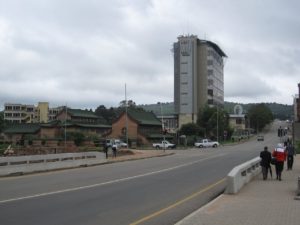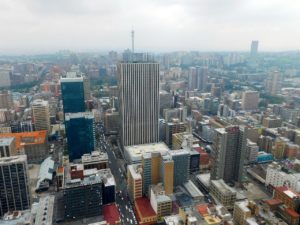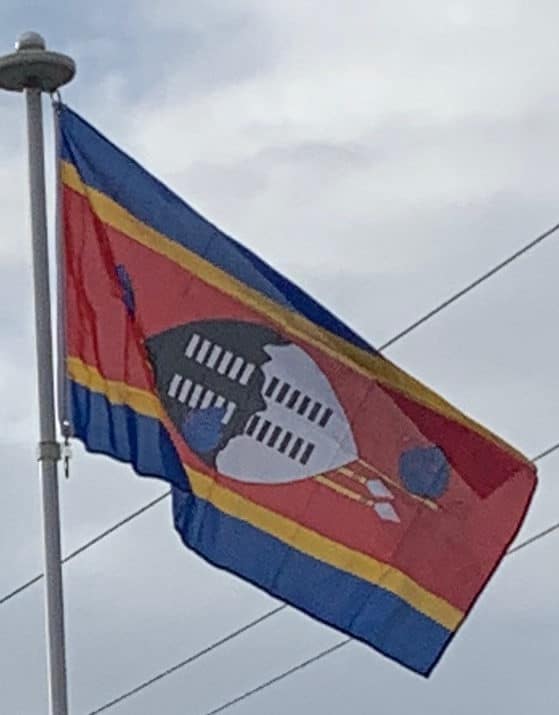The considerable spending did not lead to more growth and did not benefit the poor. Much of the increased spending has gone to current expenditures related to wages, transfers, and subsidies. The wage bill today constitutes over 15% of GDP and 55% of total public spending; these are some of the highest levels on the African continent. The recent rapid growth in SACU revenues has, however, reversed the fiscal situation, and a sizable surplus was recorded since 2006. SACU revenues today account for over 60% of total government revenues. On the positive side, the external debt burden has declined markedly over the last 20 years, and domestic debt is almost negligible; external debt as a percent of GDP was less than 20% in 2006.

Eswatini’s economy is very closely linked to the economy of South Africa, from which it receives over 90% of its imports and to which it sends about 70% of its exports. Eswatini’s other key trading partners are the United States and the EU, from whom the country has received trade preferences for apparel exports (under the African Growth and Opportunity Act – AGOA – to the US) and for sugar (to the EU). Under these agreements, both apparel and sugar exports did well, with rapid growth and a strong inflow of foreign direct investment. Textile exports grew by over 200% between 2000 and 2005 and sugar exports increasing by more than 50% over the same period.

The continued vibrancy of the export sector is threatened by the removal of trade preferences for textiles, the accession to similar preferences for East Asian countries, and the phasing out of preferential prices for sugar to the EU market. Eswatini will thus have to face the challenge of remaining competitive in a changing global environment. A crucial factor in addressing this challenge is the investment climate.
The recently concluded Investment Climate Assessment provides some positive findings in this regard, namely that Eswatini firms are among the most productive in Sub-Saharan Africa, although they are less productive than firms in the most productive middle-income countries in other regions. They compare more favorably with firms from lower middle income countries, but are hampered by inadequate governance arrangements and infrastructure.
Eswatini’s currency, the lilangeni, is pegged to the South African rand, subsuming Eswatini’s monetary policy to South Africa. Customs duties from the Southern African Customs Union, which may equal as much as 70% of government revenue this year, and worker remittances from South Africa substantially supplement domestically earned income. Eswatini is not poor enough to merit an IMF program; however, the country is struggling to reduce the size of the civil service and control costs at public enterprises. The government is trying to improve the atmosphere for foreign direct investment.
Transportation:
Estawini features a road network, with six main routes, totalling 3,594 kilometers with 1,078 being paved. Roads connect to both South Africa and Mozambique.
